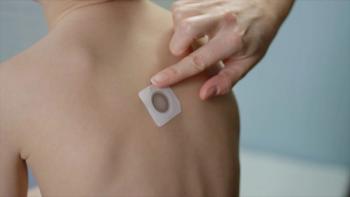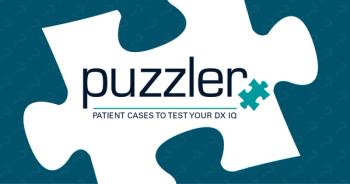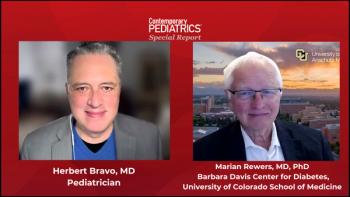
Bacteria May Contribute to Some Sudden Infant Deaths
Staphylococcus aureus and Escherichia coli may play a role in some cases of sudden unexpected death in infancy, according to research published in the May 31 issue of The Lancet.
FRIDAY, May 30 (HealthDay News) -- Staphylococcus aureus and Escherichia coli may play a role in some cases of sudden unexpected death in infancy, according to research published in the May 31 issue of The Lancet.
M.A. Weber, of University College London in the U.K., and colleagues analyzed data from 507 autopsies conducted on infants up to 1 year of age who died suddenly and unexpectedly. Sudden unexpected death in infancy (SUDI) is defined as such a death in infants under 1 year of age. Deaths were classified as unexplained, explained with evidence of bacterial infection, and explained by non-infective causes.
More isolates from infants whose deaths were explained by bacterial infection or were unexplained contained group 2 pathogens than those from infants whose deaths had a non-infective explanation, the researchers report. Also, more cultures from infants in the unexplained-death group contained S. aureus or E. coli than those from infants in the non-infective death group.
"The authors stress that association does not mean causation, but this work, taken together with previous studies, provides support for the idea that S. aureus and E. coli could have a causal role in some cases of unexplained SUDI," James A. Morris and Linda M. Harrison of the Royal Infirmary in Lancaster, U.K., write in an accompanying commentary. "Recent evidence indicates that death in unexplained SUDI is often rapid, with transition from being well to death in less than one hour in many cases. If bacteria have a role, this points to direct action of bacterial toxins on cardiorespiratory activity or neural control."
Morris has given expert testimony in sudden infant death cases.
Copyright © 2008
Newsletter
Access practical, evidence-based guidance to support better care for our youngest patients. Join our email list for the latest clinical updates.






